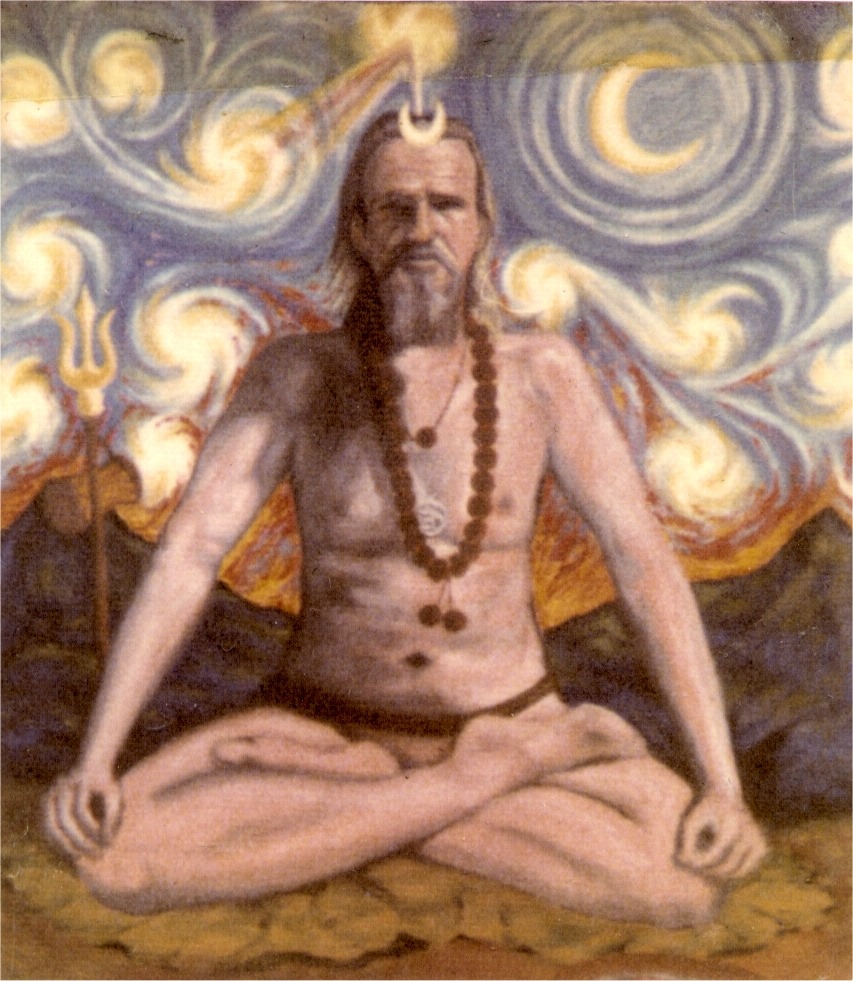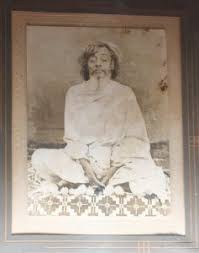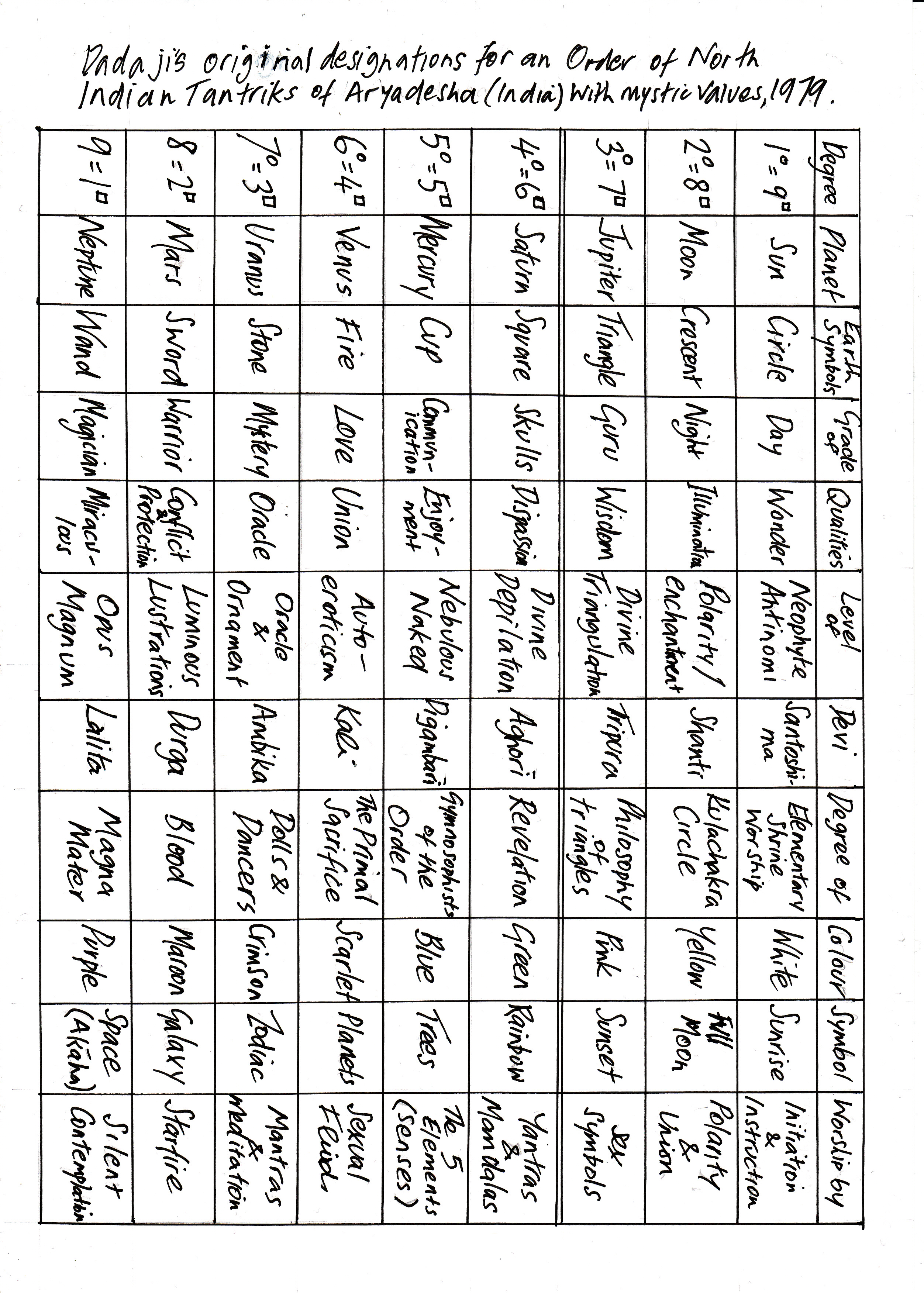
How the Uttarakaula Tradition Came to the West
In 1977 and 79 two significant events took place to create westernised adaptations of two Indian native traditions to meet the wishes of Sri Dadaji Mahendranath [1911-91], a Londoner who had settled in Mehmadabad in Gujarat State, India, after numerous travels in the Orient that have been chronicled elsewhere [e.g. 'The Rainbow Bridge' 2020], and as a result of his having taken initiation into those traditions as a Sannyasi, or Holy Dropout. The first of these was in 1953 when he met Sri Lokanath, the Digambari Avadhut of Uttarakashi [North India], who gave him Sannyasi Diksha on his arrival in India, and the second in 1963 when his travels took him to Bihar State, and the ashram of Pagalababa, the 'mad father' of Mukteshwardham near Ranchi. He was a Kaula Siddha of the Uttarakaula lineage, among many other distinctions.

Pagalababa of Ranchi initiated Dadaji Mahendranath at his ashram in 1963. Pagalababa lived to the age of 96 and died in 1967, so was 92 when they met, and virtually blind due to an industrial accident, but ''Seemed to be guided around by a sixth sense''. We have the benefit of a brief biography of Baba, by fellow engineer M.D.Chhugani, who tells us that he came from a well-off family, but left home for a jungle retreat until he achieved Self Realisation at 12, and later took to a career in electrical engineering with Marconis and undertook much travel in the North Indian States as well as abroad. The Uttaramanaya tradition is associated with Northern States especially Kashmir, and this must have been the time when he encountered Uttarakaula Tantrik tradition, but no dates are given. He also worked as a physical engineer for a distillery in Ranchi, and built most of the buildings that make up the ashram. He was married twice after his first wife died, and fathered children. He was an astronomer, astrologer, writer, poet and philosopher, as well as a Kaula Siddha. A passage in the 'Meru Tantra' about a white Sadhu transforming the tradition influenced Baba in his decision to initiate Dadaji into his lineage.
I had, since 1972, been subscribing to 'Values' magazine, after a friend returned from India with copies of it and as a result struck up a correspondence with Mahendranath. I soon found myself in receipt of responsibilities to research practices associated with the Uttarakaula Tantriks and make them comprehensible to westerners. In April 1979 a charter fell through my letterbox together with a document describing the ritual of initiation to be performed to go with it. To this day distant initiations are enacted by the method described by Abvinavagupta to pass the rite between initiator and and initiated as in his 'Tantrasara', and 'Tantraloka'. The charter was one of Dadaji's numerous jokes as he named the group to be formed as the Oriental Tantrik Order. The joke did not last for long, as the group was soon rebranded the Fellowship of Uttara Circles of Kaulas. But the transmission was complete and met with great approval when reported back to Mehmadabad. It was followed by a schema of a cosmology for the emerging group to practice, based on the Mahavidya aspects of the Goddess, as well as four 'Tantras' which were originally published as booklets by Sandy Maclennan and myself.
Dadaji's transmission from Pagalababa was given to us as a Goddess cosmology of nine Mahavidyas: Great Goddess aspects personified as Santoshi Ma, Shanti, Tripura, Aghori, Digambari, Kali, Ambika, Durga and Lalita, each related to a planet, and guarded in the circle of practice by the Plutonic influence of Ganesh of the four directions of the Earth and his cthonic power which is symbolized by the rat in his iconography. These were accompanied by four 'Tantras': , which became absorbed by others into the general collections of Dadaji's writings, 'The Amoral Way of Wizards', and on-line versions including one that has been copyrighted when there are instances in a letter and in 'Values' magazine saying that no copyright was needed by Dadaji for his writing, before cervical spondylosis affected his brain functions and memory.
The Uttara Kaula tradition in the west continues to develop and further the work that was begun in the early days, a quiet and feasible legacy from Pagalababa and Lokanath of Uttarakashi can still be found.
John Power, aka Vilasanath
